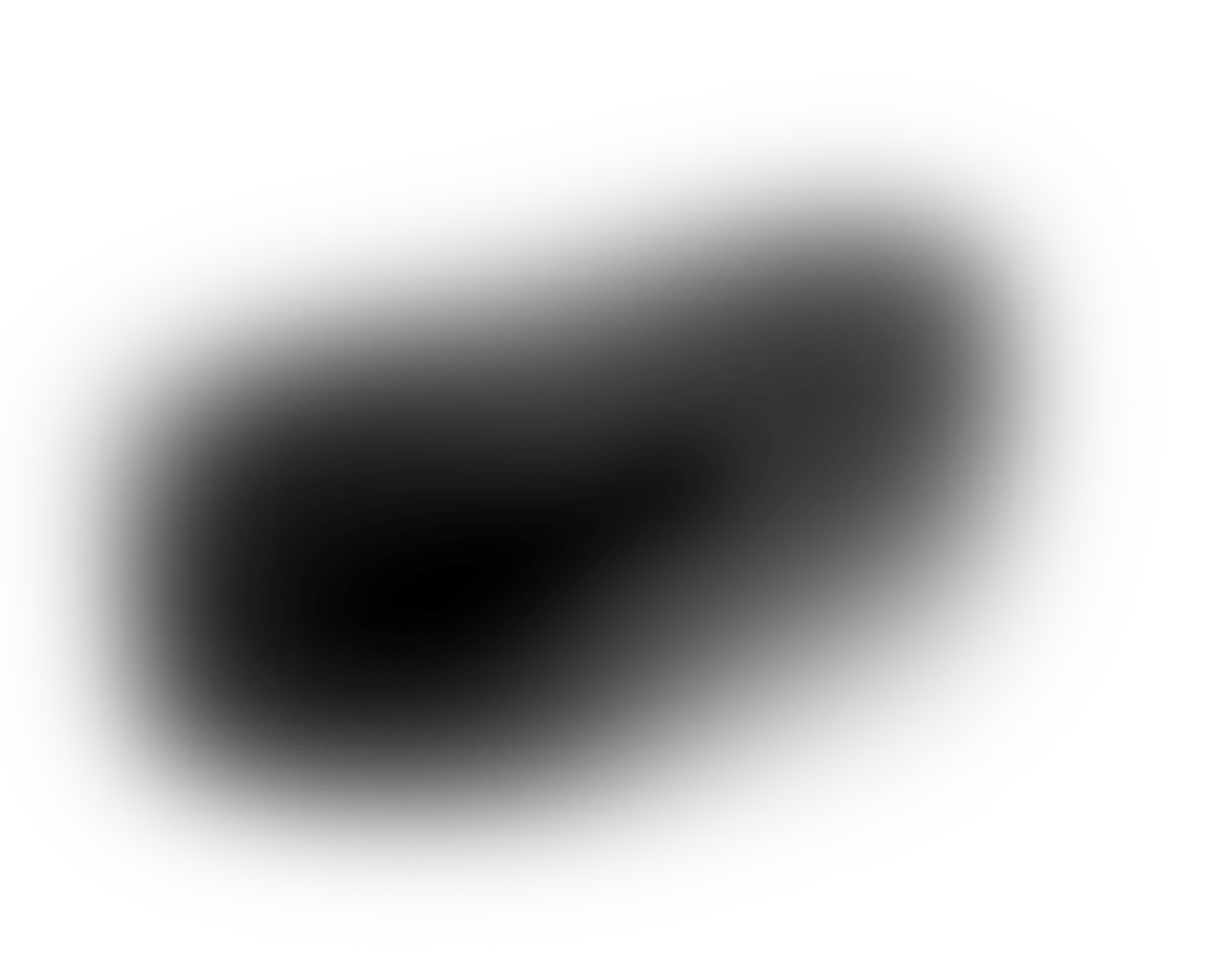Synaesthesia
The methods utilised in .haul / S are in line with the with my experiences of synaesthesia. I perceive sounds as colours, shapes, textures and movements, as in the pulsating and shivering holes in the Niblock concert, triggered by a dense mash of tones and timbres, that vibrate around a space. Composer Nick Ryan, a synaesthete himself, describes synaesthesia as “…being about sensation, not narrative. It’s pre-cognitive. It doesn’t know what it is, it just is.” (N. Ryan, 2014)
I hesitate to produce works that are specifically about my synaesthesia, as a result of this pre-cognition. I do not wish to 'solve' the mismatch between pre-cognitive perception and music as a temporal art form... As such, I do not disclose my methods to an audience when presenting the works mentioned in this article. Rather, using my synaesthetic responses as a springboard for my compositional choices, I feel, produces a work that allows an audience to construct a meaning freely, with minimal intervention from myself.
So why discuss synaesthesia if my implementation is not directly influential on audience experience? A fascination with my perception leads to an interest in the perceptions of others and, whilst I am not revealing my methods to an audience, I hope it is clear from the pieces contained within .haul / S that I have worked with a child-like fascination towards their components (hence the title of this article: the combined titles of two pieces devised post-.haul / S. I am fascinated by elephants, narwhal, and other such animals, and use them as a metaphor for a similar fascination with sound and image). I want the audience to employ a similar fascination with the resulting free-associations that, hopefully, arise involuntarily from engagement with the work.
I am also not convinced that synaesthesia is a rare or ‘special’ condition. In The Hidden Sense (2008), Cretien van Campen questions how one becomes synaesthetic:
Discovering that synesthesia has many points in common with everyday perception does not make the mystery of synesthesia easier to solve. Why, for instance, do some people become synesthetes while others do not? Is the answer a genetic difference that is present at birth? Is synesthesia genetically determined? Or do synesthetic gifts develop in the course of a human life?
van Campen, 2008, p. 28I hold the opinion that everyone is synaesthetic to some degree; they perhaps just aren’t aware of it.
It could be argued, perhaps at a stretch, that synaesthesia is not much more than a fuller than normal awareness in the individual of their perceptions. Richard E. Cytowic discusses in What Colour is Tuesday? (Cytowic, 2013) that everyday language already caters for similar types of perception; cheese being described as ‘sharp’, or a person as ‘sweet’. Senses already cross-activate to some extent: many would agree that we perceive film sound as coming from the screen, rather than speakers surrounding the screen, so cross-activity is almost certainly present in all. Anyone familiar with cinema is aware of the convention of how film sound operates technically; as such there is a collective acceptance of sound ‘coming from’ the screen. So maybe synaesthesia could be better described as a kind of amplified internal perception, or perceptions.

